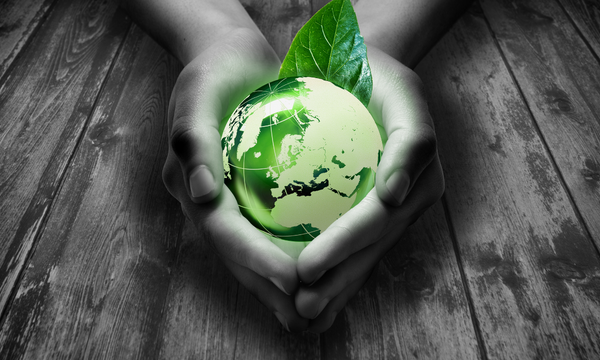
Diplomacy and Climate Change: Bridging Differences for a Sustainable Future


Diplomacy is a powerful tool in the fight against climate change. When used correctly, it can bridge the cultural and economic differences between nations, allowing them to work together toward a sustainable future.
The world is facing an unprecedented challenge in the form of climate change, and it will require an unprecedented response. The Paris Agreement of 2015, which brought together nearly 200 countries, is a testament to the ability of diplomacy to bring different nations together in the face of a common threat. The agreement made a commitment to reduce global greenhouse gas emissions and keep the global temperature increase to well below 2°C above pre-industrial levels.
While the Paris Agreement marked a great step forward, it was only the beginning. The commitments made in Paris must be implemented and strengthened, and this is where diplomacy comes in. The world’s nations must come together to create an international framework that will allow each country to do its part in the fight against climate change.
This can be done through diplomacy and multilateral negotiations. Countries must work together to create binding agreements that reduce emissions, increase renewable energy sources, and protect the world’s forests and oceans. In addition, countries must work together to find solutions to the climate-related problems that disproportionately affect poorer countries, such as droughts, floods, and extreme weather events.
Diplomacy can also help bridge the economic differences between countries. Wealthier countries can provide financial and technological assistance to poorer countries, helping them transition to a low-carbon economy. This could include providing access to renewable energy technologies, investing in green infrastructure, or providing incentives for the development of renewable energy sources.
Climate change is a global issue, and it will require a global response. Diplomacy can help bridge the cultural and economic differences between countries, allowing them to work together toward a sustainable future. By working together, countries can create an international framework that will reduce emissions, protect the environment, and ensure a safe and prosperous future for all.

